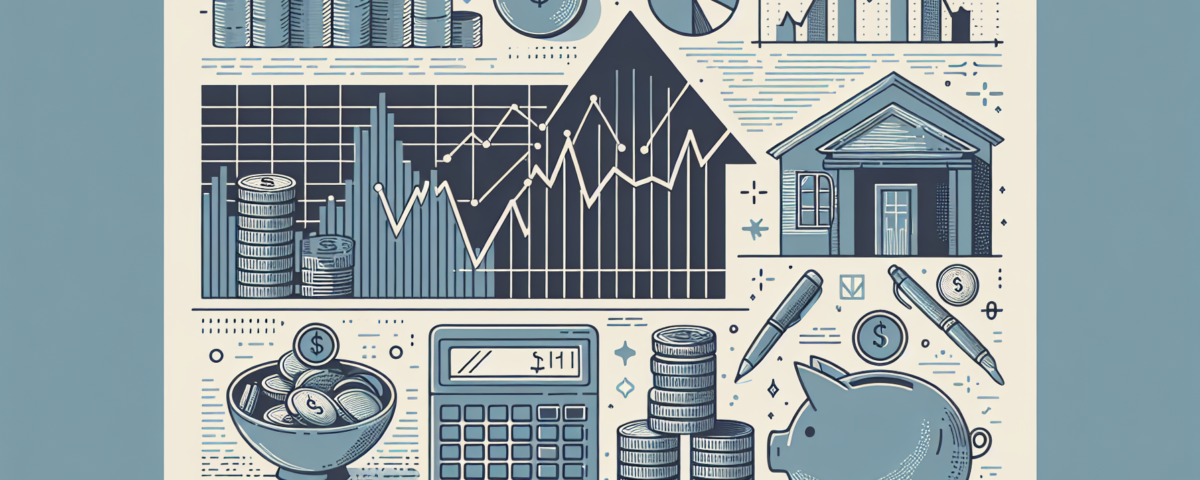
Election Denial in America: Examining Double Standards and Political Discourse
Tháng 4 7, 2025
Navigating the Bond Market: Insights on Economic Influences and Recent Trends
Tháng 4 7, 2025Recent Forex Developments: A Close Look at the EUR/USD Pair and European Economic Factors
In the ever-evolving landscape of foreign exchange (Forex) markets, recent developments concerning the EUR/USD pair have drawn significant attention from traders and analysts alike. As of now, the EUR/USD has seen a notable retreat from multi-month highs, currently positioned around 1.1050 after peaking between 1.1140 and 1.1150. This shift offers a deeper insight into the ongoing dynamics within the Forex market and the broader economic context affecting both Europe and the United States.
EUR/USD Dynamics: Analyzing the Current Trends
The recent movements in the EUR/USD pair have been characterized by a robust upward momentum. However, technical indicators suggest that a corrective pullback is plausible due to the prevailing overbought conditions. The support levels crucial for sustaining upward movement are observed at 1.1040, 1.1000, and 1.0960. On the other hand, resistance levels are marked at 1.1145, 1.1190, and the critical 1.1235 threshold, which traders will closely monitor in the upcoming sessions. Such technical readings reflect an exhaustive interplay of market forces and trader sentiments, underscoring the unpredictable nature of currency exchanges. For a more in-depth analysis of the EUR/USD currency pair, consider our latest article on identifying the bullish momentum amid consolidation here.
Market Sentiment Amidst Tariff Announcements
The overarching market sentiment has been tempered with caution, particularly in anticipation of forthcoming tariff announcements from the U.S. The implications of these tariffs could have detrimental effects not just on the European Union (EU) but also the global trade environment at large. Notably, the EU has hinted at potential retaliatory measures against American tech firms should these tariffs come into effect. President Trump’s recent tariff proposals, which include both blanket tariffs and a tiered approach, add a layer of uncertainty that could significantly shake market stability.
As the trade relationship between the U.S. and the EU remains under scrutiny, traders and stakeholders must stay informed of developments that could lead to fluctuations in Forex markets. The ripple effects of tariff implementations could impact numerous sectors, heightening volatility in currency pairs, including the increasingly sensitive EUR/USD.
European Economic Outlook: The ECB and Inflation
On the macroeconomic front, the outlook remains delicately balanced. European Central Bank (ECB) officials, including prominent figures such as Christine Lagarde and Olli Rehn, are closely monitoring both inflation and growth trends. Current reports indicate that Eurozone inflation is hovering near target levels, with the Consumer Price Index (CPI) recorded at 2.2% in March. However, mixed results from the Manufacturing Purchasing Managers’ Index (PMI) across Eurozone countries reveal underlying economic challenges that warrant attention.
Should upcoming data justify further action, the prospect of a rate cut by the ECB in April looms large. This sentiment underscores the ECB’s readiness to act to foster economic stability, reflecting its pivotal role in navigating through uncertain conditions influenced by external factors such as trade tariffs and internal economic performance. Traders should be cautious as a neutral outlook currently shapes the market, and the situation can change rapidly. For insights into this evolving sentiment, see our detailed coverage on the neutral undertones shaping the short-term market outlook for USD/CAD here.
In conclusion, the developments surrounding the EUR/USD pair, combined with the intricacies of market sentiment and economic forecasts, highlight the volatility and complexity inherent in the Forex market. As traders prepare for potential changes in the financial landscape, staying informed and adapting to new information will be crucial for navigating the ongoing fluctuations in currency exchange rates.

